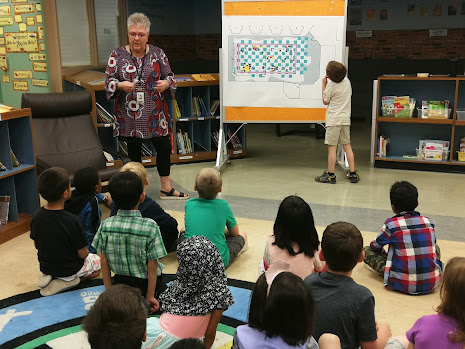 |
| Police are not the answer to prevent shootings - photo Rosemary Ketchum (Pexels.com) |
by Mateja Mihinjac
Here in Europe, we would often watch in horror weekly reports of mass shootings from United States. Now, sadly, we understand better than ever we’re not immune from them in Europe either. Last week Europe followed in disbelief similar horrific events that unfolded in Serbia.
First, a 13-year-old boy shot and killed eight school children and a school security guard and injured another six pupils and a teacher in a Belgrade school.
Less than 48 hours later, a 21-year-old man shot and killed eight people and wounded another fourteen from a moving vehicle across several locations southeast of Belgrade.
Following a silent march to protest against gun violence Serbian leadership had no choice but to vow immediate action to toughen gun control measures in the country. In the wake of public scrutiny, the Serbian Education Minister has also resigned.
THE AFTERMATH
In the aftermath of the Serbian events, my country of Slovenia has also been anxiously responding to potential threats from within. There is now increased police presence around schools across the country. There were even some discussions about installing metal detectors at schools.
 |
| Teens watch police tactical officers from a distance |
One school has also received anonymous email threats, which prompted the initial placement of police patrols around two schools and the absence of some children from schools on that day.
The Serbian events have now added to calls for urgent focus on the problem of youth violence, its detection and prevention, which had been in the media spotlight since last month when peer violence in one Slovenian school was caught on camera and shared on social media.
QUALITY NEIGHBOURHOODS – QUALITY RELATIONSHIPS
Feeling connected to peers, neighbours, and their neighbourhood, I believe, acts as an antidote to feelings of loneliness, alienation, and feelings of not belonging. The International CPTED Association’s recently published CPTED Guidebook for Schools similarly acknowledges the importance of social and psychological environment – in connection with physical – for children’s wellbeing and prevention of violence in schools. In fact, an ICA webinar on school safety delves directly into these problems.
 |
| SafeGrowth specialist and city planner, Elisabeth Miller, engages school children in planning and crime prevention early in their education |
I believe that a positive neighbourhood environment and a healthy community environment are even more crucial for children and youth. We as adults have the responsibility for ensuring healthy environments for their positive emotional development.
Moreover, they should be actively engaged in neighbourhood life and encouraged to participate in decision-making activities concerning their neighbourhood, and their schools. This is why in SafeGrowth we insist on the diversity of our neighbourhood SafeGrowth teams also in terms of age where children and youth can become active participants in neighbourhood life.
The quality of our neighbourhoods depends on the quality of relationships we have with our neighbours – and children are also part of that equation.
Leave a comment
Please add comments to SafeGrowth. I will post everyone except posts with abusive, off-topic, or offensive language; any discriminatory, racist, sexist or homophopic slurs; thread spamming; or ad hominem attacks.
If your comment does not appear in a day due to blogspot problems send it to safegrowth.office@gmail.com and we'll post direct.